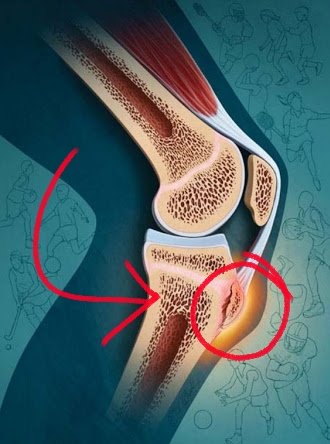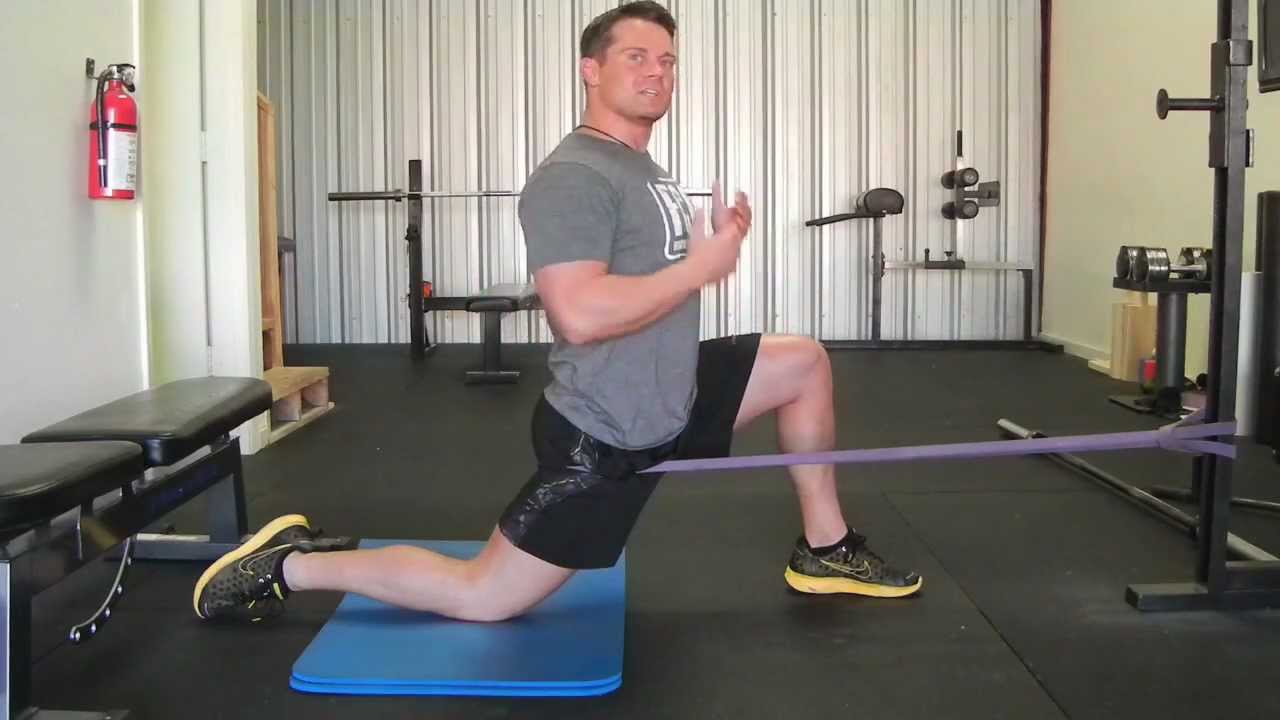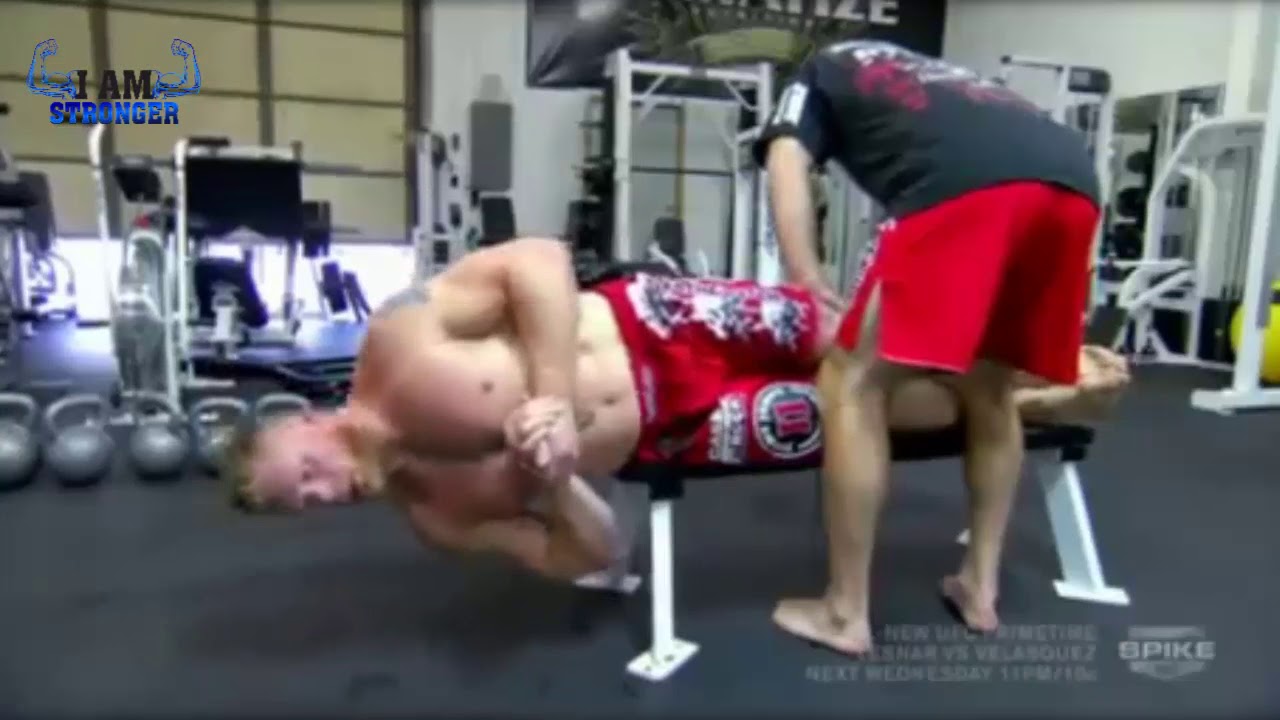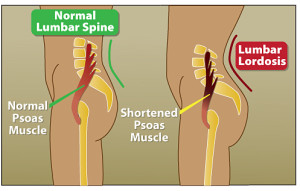Hey all, if you've been around the traps you may have bumped into me and my ramblings on all things injuries.
As a quick intro I'm a Physio whose really passionate about solving issues and uncovering why things happen. I have a practice dedicated to working things out and solving tricky patient problems which affords me the luxury of testing theories in realtime to find answers.
Anyway,
I've put together a post on Osgood Schlatters Disease that explains why I think my industry has missed the point with it.
If interested please have a read and pass it along to anyone you think it might assist.
It can be a bugger of a thing for young athletes to put up and hopefully it will help or at least point people in a better direction.
I'm an open book and a massive nerd so feel free to let me know your thoughts.
Cheers
http://yourwellnessnerd.com/osgood-schlatter-disease/

As a quick intro I'm a Physio whose really passionate about solving issues and uncovering why things happen. I have a practice dedicated to working things out and solving tricky patient problems which affords me the luxury of testing theories in realtime to find answers.
Anyway,
I've put together a post on Osgood Schlatters Disease that explains why I think my industry has missed the point with it.
If interested please have a read and pass it along to anyone you think it might assist.
It can be a bugger of a thing for young athletes to put up and hopefully it will help or at least point people in a better direction.
I'm an open book and a massive nerd so feel free to let me know your thoughts.
Cheers

http://yourwellnessnerd.com/osgood-schlatter-disease/

Last edited:







